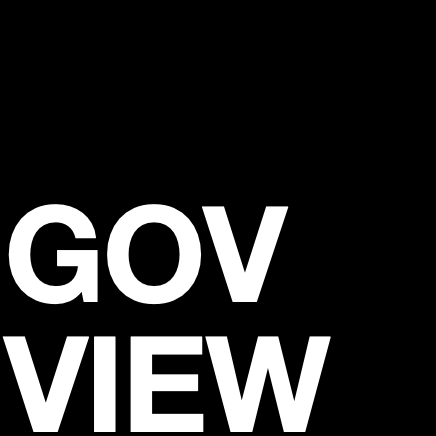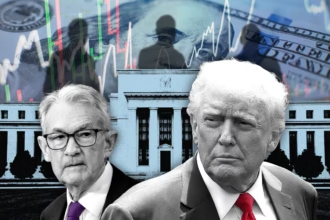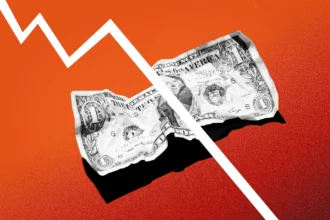The Buy Now, Pay Later (BNPL) industry is seeing explosive growth, transforming the way consumers shop and how businesses approach credit. From everyday purchases to high-end electronics, this model is quickly becoming a preferred payment option — but its surge raises important questions about the state of the economy and consumer behavior.
BNPL Reflects Demand for Flexible Spending
Consumers today are increasingly drawn to short-term, no-interest installment plans that make purchases feel more manageable. With rising living costs and stagnant wages in many regions, BNPL offers a sense of control and convenience, especially for younger buyers looking to avoid traditional credit cards.
Is It a Symptom of Economic Stress?
While BNPL offers flexibility, its popularity also signals potential economic stress. Many users are turning to BNPL not just for big-ticket items but also for essentials — a possible red flag. This reliance could suggest that consumers are struggling to manage cash flow and may be slipping into debt without realizing it.
A Win for Retailers and Fintech Companies
Retailers and digital platforms benefit significantly from BNPL. It often leads to larger average order sizes and higher conversion rates. Meanwhile, fintech companies offering BNPL services are growing fast, riding the wave of consumer demand and shaping the future of digital credit systems.
Regulation Is on the Horizon
The rapid expansion of BNPL has caught the attention of regulators. As more people use these services, concerns are growing about transparency, hidden fees, and debt accumulation. Governments are expected to introduce tighter oversight to protect consumers and ensure responsible lending practices.
Conclusion
The rise of BNPL shows how consumer finance is evolving — blending convenience with risk. It represents a digital shift in spending habits, but also highlights vulnerabilities in household budgets. Whether it becomes a lasting financial tool or a cautionary tale will depend on how consumers, businesses, and regulators respond in the years ahead.














